|
I designed these maths thinking boards to originally be used with Seesaw. But after thinking about the resource, I thought they would be awesome to use in maths both online and offline. These have different sections for students to show their learning and strategies to solving problems. These thinking boards are for addition, subtraction, multiplication and division - each with key sections to show different ways of answering the question. Today we used an addition one in peers. Students worked together to solve the problem and shared their learning in any way they wanted with the prompts. It is a great way to practice number sentences and number stories too.
1 Comment
I created my templates on powerpoint with a fancy font and colour. The fonts I brought were off teachers pay teachers that I uploaded onto my computer to be able to use. You then save your text and background as an image, and upload it onto google keep as an 'add image'. It will then save it to the top of your note.
There are lots of other great ideas floating around the internet but I hope this helps unpack it easily on how you can make it pretty yourself.
You could do this for any type of publishing - it really gives the work a purpose. Students are able to read others writing, see how their peers completed their work and just read for enjoyment.
So easy to create, we used: -colour paper for our book covers -free template for book cover off sparklebox -narrative planning templates off teachers pay teachers -typed up publishing on google docs This week I am sharing my teacher tech videos page - the new addition to my website. This is a place where educators, teachers, individuals and even students can go to for quick help tips around digital devices. The videos are sectioned into three sections currently: google related videos, seesaw related videos and then anything else technology based. The videos are filmed using screencastify or quicktime player screen recorder and are short videos talking through simple steps or ideas. The youtube links are also there if you would rather view them on Youtube. Click on the link here to check it out! Google forms is a simple way of involving technology into your classroom. It can be used to promote technology use in a meaningful, yet exciting way to involve students and enhance engagement. A simple way is by using it to gather student voice! This google form asks students which one they prefer - a cat or a dog. Sure you could just ask students for a show of hands; but by asking them this through a google form it could be integrated as part of your programme in a tumble, discussion time, or checkpoint that students could complete before the learning. I have lots of previous website posts about google forms with examples and links to ways you could use it in your classroom. This is just one way, with there being MANY different ways you could use it. Just search 'google forms' on my website to bring up all the website posts. Want a follow up activity for persuasive writing and this google form? Download this free template below!
The learning pit is a great way of unpacking and exploring learning. Created by James Nottingham, it is a great way for students to be critical, creative and collaborative. This version of the learning pit is using Bitmoji to engage students and add excitement to our anchor posters. And this way makes it relatable for me to use and talk about with my students.
Last week I shared and talked about the traffic light reflection model. Check out the post here. This was a poster I used to help highlight reflection prompts and thinking structures to help my students with reflecting on their learning in class. I have used this reflection model in my classroom on and off this year, but wanted to commit myself to using it more going forward to the end of the year.
Purchase the resources here to help support the traffic light reflection model in your classroom too.
This includes a template with days of the week, month, date, weather and space for important updates. Perfect as a beginning of the day activity or calendar maths warm up in maths time.
Make a copy of the template for yourself here. Self reflection is a great way for students to think about their learning, their evidence and how they feel about what they are working on. Reflection can occur at any time of the lesson and it is important that students (and teachers) are practicing it throughout the day. Using the traffic light reflection model is a great way for students to develop this type of thinking. This model works the same as a traffic light with 3 colours - green, orange and red. Green - "I get it" Orange - "I'm getting there" Red - "I need some help!" I have used this traffic light model before with my students, with circle cut outs that they place in their books to reflect on how they are feeling. I also have a stamp which they can tick to show their reflection under their learning.
|
AuthorMrs Priestley ICT blog is a place to read, download and view ideas! Archives
February 2024
Categories
All
|
|||||||||||||||||||||||||||||||||||||||



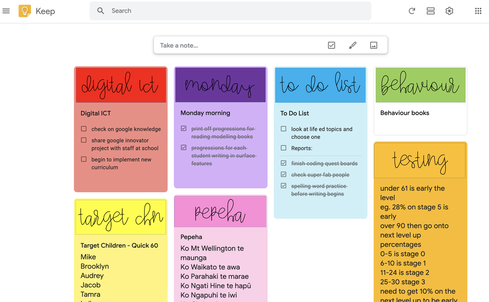


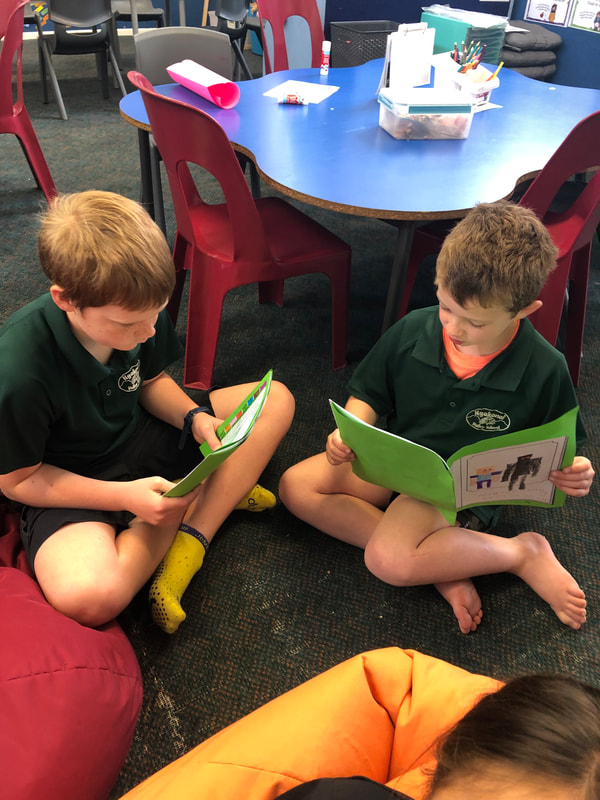

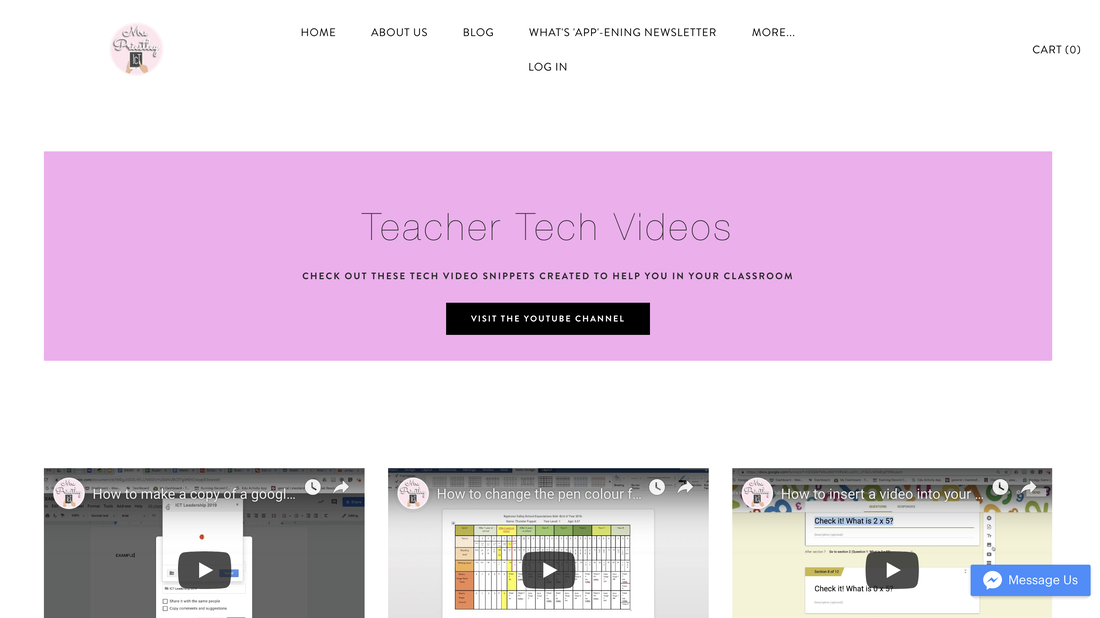


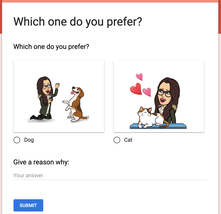



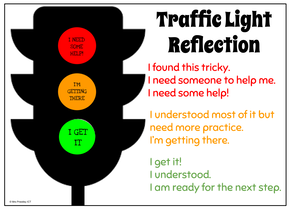












 RSS Feed
RSS Feed
